In the vast tapestry of classical music, few compositions have achieved the enduring appeal of Johann Pachelbel's Canon in D Major. Composed around 1680, this Baroque masterpiece lay forgotten for centuries before its triumphant rediscovery in the 20th century. Today, it stands as one of the most recognizable and frequently performed classical works, its interwoven melodies resonating across generations and cultures.
The Canon's structure exemplifies the very essence of its musical form. Built upon a repeating eight-note ground bass, the piece gradually layers three violins that imitate and chase each other in strict counterpoint. This creates a mesmerizing tapestry of sound where voices enter sequentially, each adding richness to the harmonic progression while maintaining perfect independence. Unlike the complex fugues of Bach, Pachelbel's approach feels almost meditative in its mathematical purity and emotional restraint.
What makes this composition remarkable is its paradoxical nature - simultaneously simple in its harmonic framework yet infinitely complex in its contrapuntal execution. The famous bass line (D-A-B-F#-G-D-G-A) provides an unshakable foundation over which the upper voices dance with increasing intensity. Musicologists note that the Canon follows a chaconne structure, where variations unfold over a repeating chord progression, a technique that would later influence composers from Handel to modern pop musicians.
The work's disappearance from the musical canon (pun unintended) for nearly 300 years remains one of music history's great mysteries. First published in 1919 by scholar Gustav Beckmann, the piece gained traction through Arthur Fiedler's 1940 Boston Pops recording. Its mid-century revival coincided with a growing public appetite for Baroque music, though nothing in the repertoire matched the Canon's immediate accessibility. By the 1970s, it had permeated popular culture through weddings, films, and countless arrangements.
Modern analysts attribute the composition's timelessness to its unique emotional architecture. Unlike the dramatic highs and lows of Romantic-era works, Pachelbel achieves profound expression through subtlety. The piece moves through cycles of tension and release with the inevitability of breathing - the suspended fourths in the violin lines creating gentle dissonances that resolve into radiant consonances. This emotional arc, combined with the work's perfect three-to-five minute duration for radio play, made it ideally suited for mass media dissemination.
The Canon's influence extends far beyond classical circles. Its chord progression underpins countless pop songs, from Green Day's "Basket Case" to Vitamin C's "Graduation Song." Film composers frequently quote or adapt its structure, most notably in Ordinary People's Oscar-winning score. Even in the digital age, the piece enjoys viral status - YouTube hosts everything from rock covers to 8-bit versions, while apps like Simply Piano report it among their most-requested tutorials.
Contemporary performances continue to reveal new dimensions. Period instrument ensembles highlight the work's delicate articulation and terraced dynamics, while avant-garde interpretations explore microtonal variations. The Academy of Ancient Music's 1981 recording demonstrated how historically informed practice could strip away centuries of romanticized performance traditions, revealing the composition's original clarity. Meanwhile, artists like the Piano Guys have reimagined it with cellos and beatboxing, proving its adaptability across genres.
Music therapists now employ the Canon for its neurological benefits. Studies at Stanford University found that its predictable yet evolving patterns stimulate both analytical and emotional brain regions simultaneously. The piece's 76 beats-per-minute tempo aligns with the human heart's resting rate, creating physiological calming effects. These qualities make it particularly effective in memory care - Alzheimer's patients often retain the ability to hum its melody long after forgetting names and faces.
As we approach the 350th anniversary of Pachelbel's birth, his Canon shows no signs of fading. Streaming data reveals it as the most-downloaded classical track in 40 countries, with over 200 million plays annually across platforms. New generations discover it through video game soundtracks and social media trends, ensuring its passage into the 22nd century. In an era of disposable culture, this three-century-old composition continues to fulfill its original purpose - not as revolutionary art, but as perfect craft, offering beauty that requires no explanation, only experience.

By /Aug 8, 2025
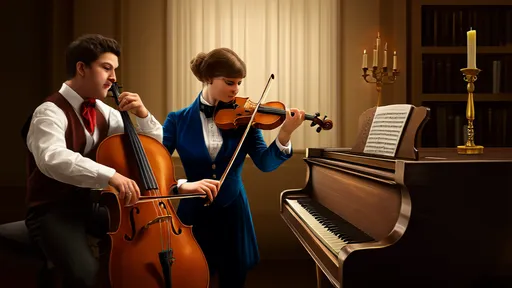
By /Aug 8, 2025
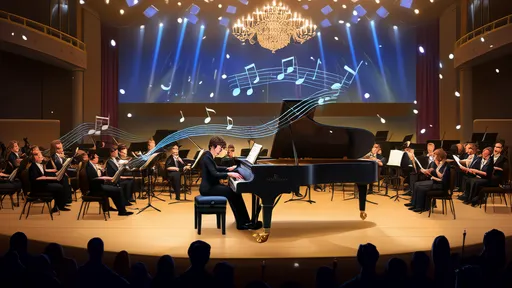
By /Aug 8, 2025
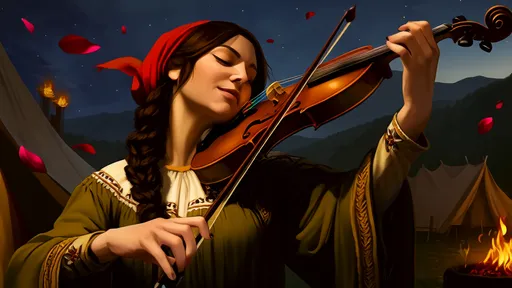
By /Aug 8, 2025
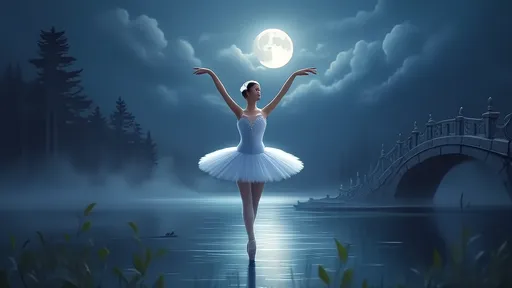
By /Aug 8, 2025

By /Aug 8, 2025
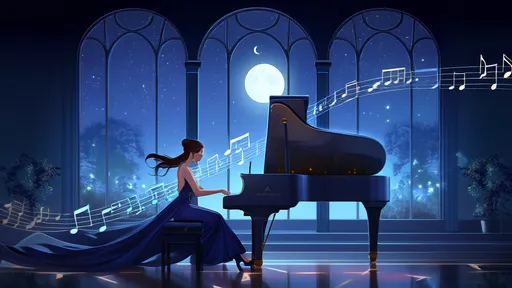
By /Aug 8, 2025
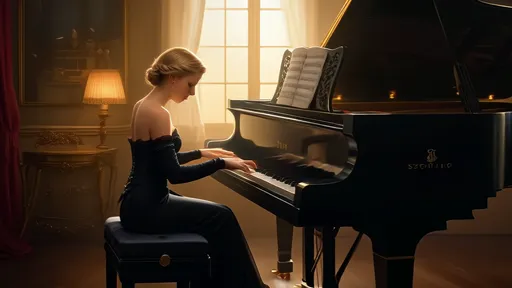
By /Aug 8, 2025
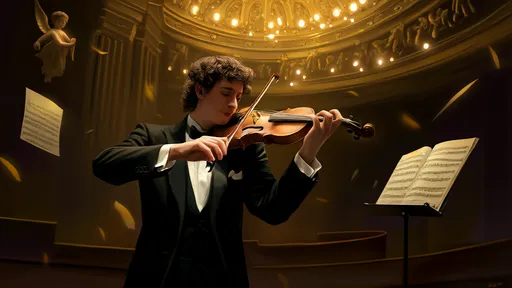
By /Aug 8, 2025
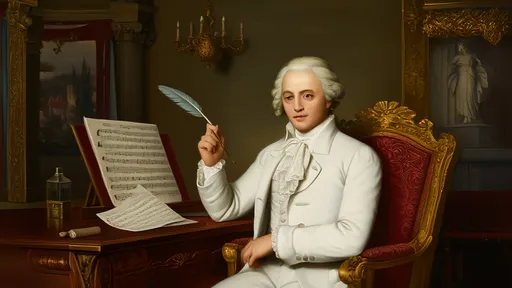
By /Aug 8, 2025
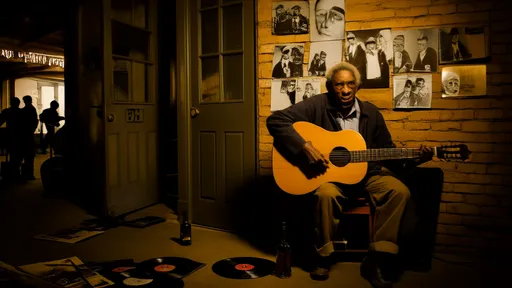
By /Aug 7, 2025
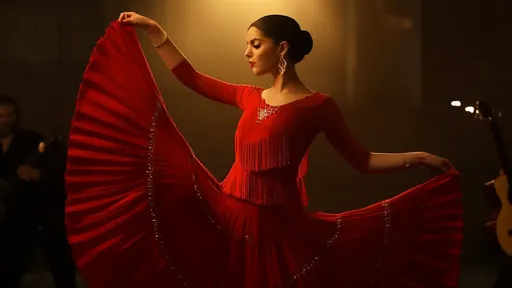
By /Aug 7, 2025

By /Aug 7, 2025

By /Aug 7, 2025

By /Aug 7, 2025

By /Aug 7, 2025
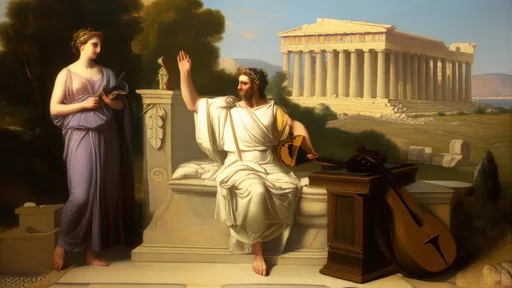
By /Aug 7, 2025

By /Aug 7, 2025
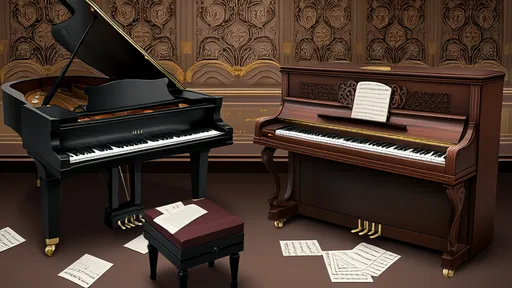
By /Aug 7, 2025

By /Aug 7, 2025